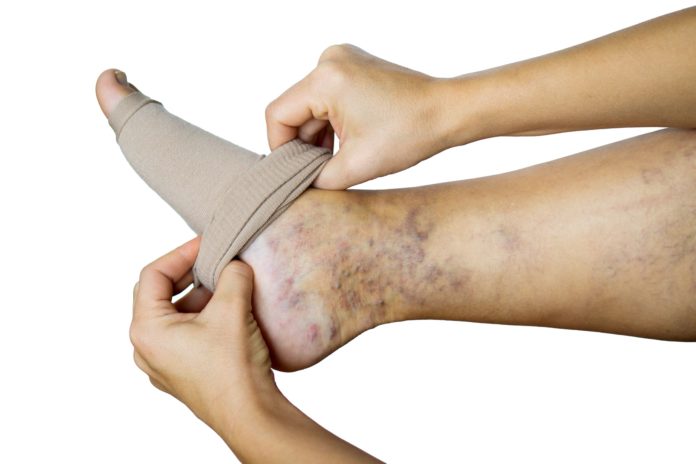“Did crossing my legs while sitting cause these veins?”
This is one of the most common questions asked when patients with varicose veins are being evaluated. The simple answer is: NO!
Now, if sitting cross-legged is coupled with other risk factors such as being overweight, female, pregnant, sedentary and/or on your feet for long periods of time, that behavior may contribute to their development, but it is not the sole reason you have them.




